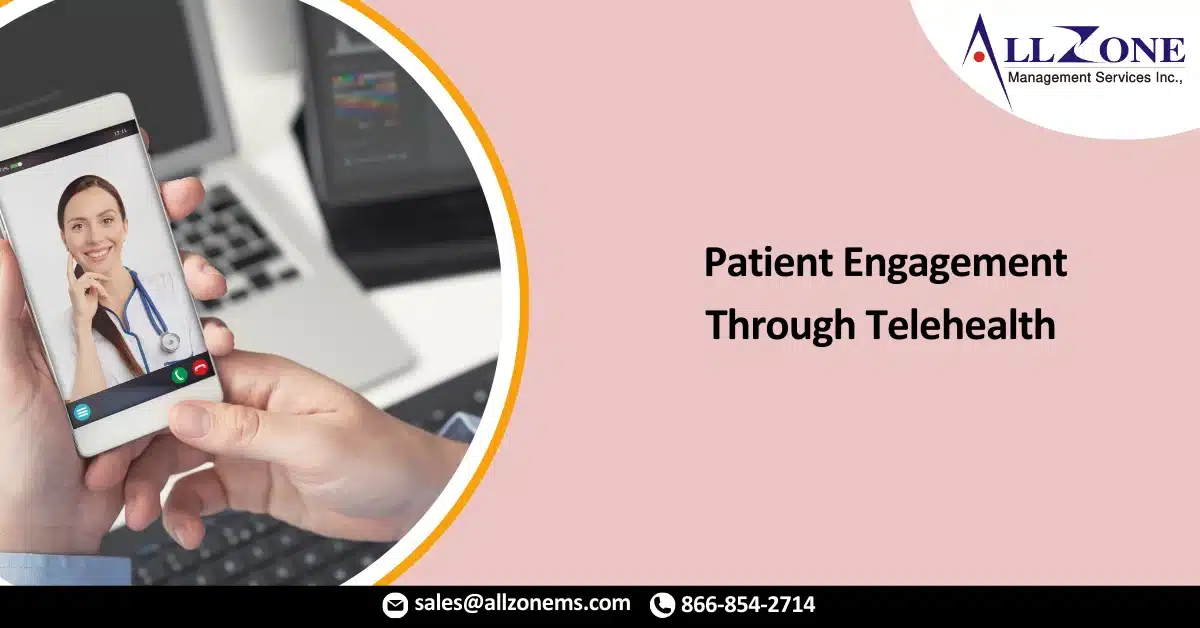Virtual visits are going to be a larger part of health care moving forward and doctors need to embrace it to succeed.
The pandemic brought telehealth into the mainstream for many physicians and patients. Usage rates have declined from highs in April, but experts say that telehealth will play a much bigger role in health care moving forward and that physicians need to embrace it in order to succeed.
Medical Economics spoke with Caroline Brennan, Ph.D., vice president of the Health Division of Escalent, a health care research firm, to learn more about telehealth strategies and trends.
I believe that it’s really all about communication at every stage of that interaction between the patient, the office, and the doctor. So right away, when a patient calls up to the doctor’s office looking for an appointment, the office can be offering telehealth as one of the options available to them, and provide a little bit of background about how that visit would work. Other ways that the doctors can improve that or to encourage usage of it is to have a lot of information on their website. So explaining how it works, not just the technological aspects of it, but you know what to expect, how these visits go, what conditions are appropriate for it, what is it not so appropriate for it. Also, maybe FAQs, or other things like anonymized patient testimonials, might help put people at ease and make them more interested in giving it a try.
What’s interesting is when we started our research on this, we thought that the technology barrier would be significant. And what we found is not that many people expressed concern about technology, about not being tech savvy, or not having some tools at home, to have these telehealth visits. But nonetheless, any time any of us go on a new website and login and use technology for the first time, there’s always some apprehension. So I think what the doctors’ offices can do is provide very detailed login information, exactly what needs to be downloaded, how it’s going to work, maybe even provide some test runs, so that people can get more comfortable with it before they actually show up for that first appointment.
One thing that we did hear loud and clear, it wasn’t technology, but what people were really concerned about was the face-to-face interaction and missing out on that. And so I think that anything that the doctor can do to recreate it, or simulate what an in-person visit would be like, would go a long way in putting the patient at ease. So things like small talk, eye contact with the patient, again, setting the expectations of how that visit might go for their particular medical condition or concern. And also explain, how they will make a diagnosis and acknowledging some of the limitations of telehealth because that the patient isn’t right there with them, but giving them some assurance that they can still get a quality diagnosis, that they will still have good quality of care through this telehealth experience.
I think everybody is probably more comfortable with in-person visits. But the opportunity to have telehealth continuing even after this pandemic, we’ve realized that there’s a lot of convenience factors here and it’s also opening up health care to people who might not be as apt to go to the doctor’s office. Maybe they’re very busy, they don’t have reliable transportation to get there, or maybe a doctor’s office is very far away, so it takes a lot of time. By continuing to offer telehealth as a robust alternative to the in-person visit, I think would improve the opportunity for a lot of other people to get health care that they might not otherwise be accessing.
I think it all comes down to bringing it up when they’re making the appointment, whether that’s actually on the phone or even if they’re booking the appointment online, offering that as an option. I think word of mouth is very persuasive, so as people slowly get more experience with it, and they tell their friends and family that no, it actually wasn’t so bad and that they had a good experience, I think that would also go a long way in encouraging people to continue using it.
We found in our study that people of all walks of life were using telehealth—all ages, all income levels, socio-economic backgrounds. However, we did see that those who were seniors, or older folks, as well as those with lower incomes, we’re not using it quite at the same rate as others, which is interesting, especially for the seniors. They might be a particular group of people who would really benefit from telehealth not just during COVID to reduce their risk of exposure, but longer term, in terms of mitigating some transportation concerns that they have, or especially if they have a lot of medical appointments.
For More Information: https://www.medicaleconomics.com/view/building-patient-engagement-through-telehealth

